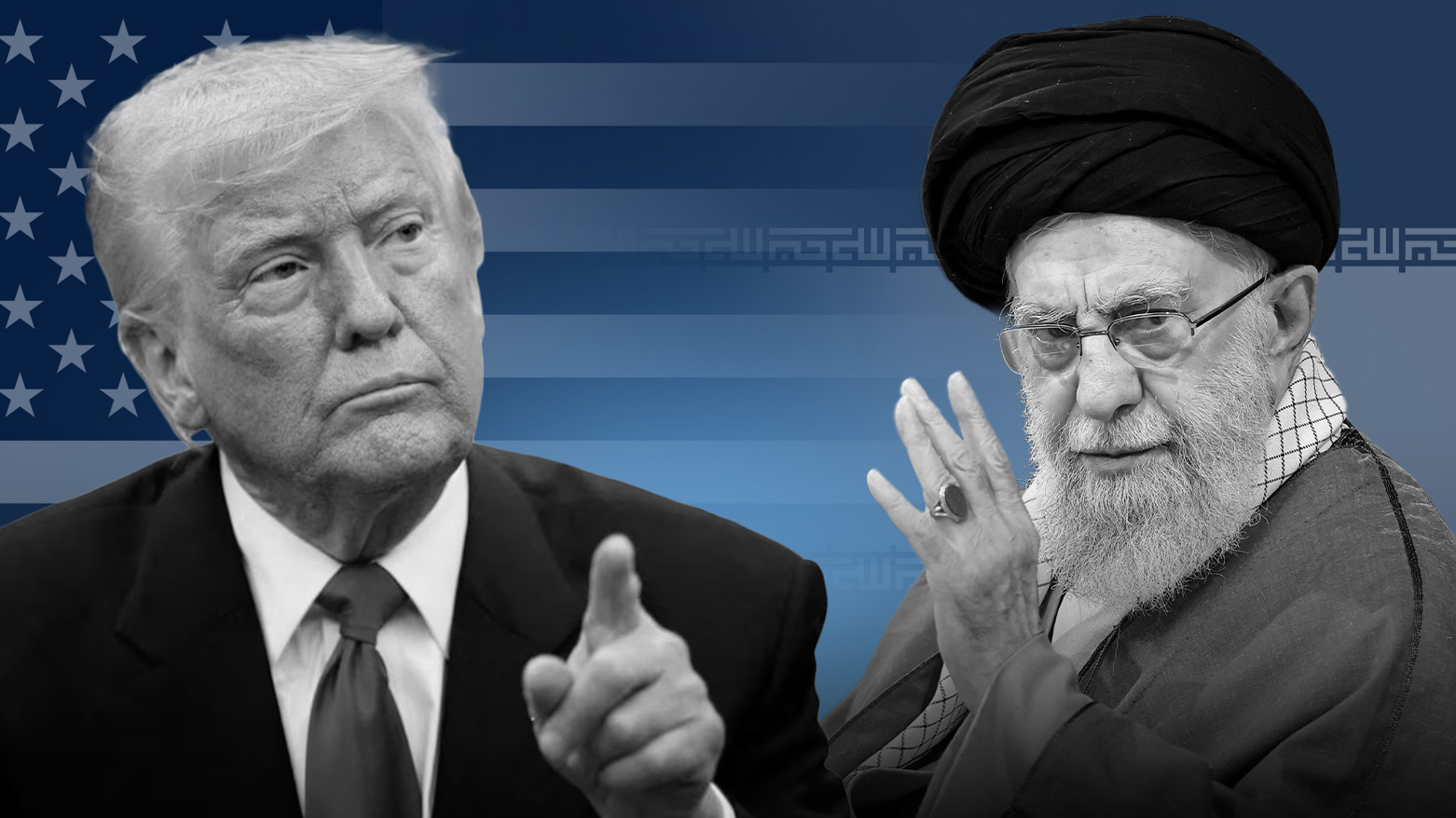Backchannel or Face-to-Face? U.S.-Iran Talks Incoming
U.S. President: "I think everybody agrees that doing a deal would be preferable to doing the obvious." Iran's FM: “The ball is in America's court.”

By Kamaran Aziz
ERBIL (Kurdistan24) – After months of intensifying rhetoric and mounting regional tension, Iran and the United States are set to engage in indirect high-level negotiations next week in the Sultanate of Oman, in what could be a pivotal moment for diplomacy in the Middle East.
Iran’s Foreign Minister Abbas Araghchi made the announcement on Monday via the social media platform X, stating, “Iran and the United States will meet in Oman on Saturday for indirect high-level talks.” Araghchi framed the upcoming discussions as both a “valuable opportunity” and a “test of intentions,” adding pointedly: “The ball is in America's court.”
His remarks came just hours after U.S. President Donald Trump confirmed during a joint appearance with Israeli Prime Minister Benjamin Netanyahu at the White House that preparations for renewed talks with Iran are underway. “Saturday’s meeting is very big,” Trump said, noting the historic significance of a potential diplomatic breakthrough. Trump emphasized that “doing a deal would be preferable to doing the obvious”—a thinly veiled reference to military action—adding, “It’s getting to be very dangerous territory, and hopefully those talks will be successful.”
According to reports by The Washington Post, The Wall Street Journal, and The New York Times, the nature of the talks remains a point of contention. While Trump declared the negotiations would be direct, Iranian officials reiterated their position that the meeting will be indirect, with mediation by Oman. The Iranian Foreign Ministry emphasized that direct talks are “meaningless with a party that constantly threatens to resort to force.” Still, reports suggest Supreme Leader Ayatollah Ali Khamenei may be open to direct engagement if Saturday’s session proves constructive.
The Oman talks will be the first top-level diplomatic engagement between Washington and Tehran since President Trump returned to office in January. If conducted face-to-face, they would mark the first direct negotiations between the two sides since Trump withdrew from the 2015 Joint Comprehensive Plan of Action (JCPOA) during his first term.
Trump’s renewed effort follows a letter he reportedly sent to Khamenei earlier this year, combining diplomatic overtures with stark warnings. Trump has made clear that Iran must dismantle its nuclear infrastructure and cease support for regional militias, or face military consequences. “If the talks aren’t successful with Iran,” he warned, “Iran is gonna be in great danger.”
The stakes are undeniably high. Iran’s nuclear program has advanced significantly in recent years. According to the WSJ, Iran’s stockpile of highly enriched uranium is now sufficient to build several nuclear weapons, with the technical capability to produce bomb-grade fissile material within weeks. While U.S. intelligence reports say Khamenei has not ordered the assembly of a weapon, concerns are mounting that time is running out.
For Trump, the challenge will be securing a more comprehensive deal than the one he dismantled. As reported by The New York Times, Trump’s national security team has laid out demands that far exceed the parameters of the 2015 accord—calling for the total dismantling of Iran’s nuclear infrastructure, an end to uranium enrichment, and the elimination of Iran’s ballistic missile program. Such goals will be difficult to achieve, particularly given Iran’s insistence on preserving its nuclear capability for what it claims are peaceful purposes.
Iranian officials have made clear that any new deal must come with guarantees that Washington will not renege, as it did in 2018. Additionally, Tehran is under increased pressure, both economically and strategically. Israel’s recent airstrikes have weakened Iran’s air defense systems and damaged its missile production facilities. The erosion of support from proxy forces in Gaza, Lebanon, and Syria has left Iran more exposed than at any time in recent memory.
Despite these setbacks, Iranian leaders have not signaled a willingness to abandon their core nuclear infrastructure. Experts believe that dismantling major facilities like Natanz and Fordow would be politically and technically difficult for Tehran, and might be beyond what it is prepared to offer.
Meanwhile, Trump’s envoy Steve Witkoff is expected to lead the U.S. delegation in Oman, according to The New York Times. The administration insists that this negotiation will not be drawn out indefinitely, and Trump is under pressure to deliver a foreign policy breakthrough that aligns with his more aggressive stance toward Tehran.
Saturday’s meeting in Oman will likely set the tone for what could be a defining moment in U.S.-Iran relations. As global and regional actors monitor the outcome, the world waits to see whether diplomacy can pull the region back from the brink—or whether the two adversaries are once again on a collision course.
Whether it becomes a diplomatic breakthrough or a prelude to renewed conflict remains to be seen, but both sides now appear ready to test the limits of engagement once more—under the looming shadow of a nuclear crisis.
